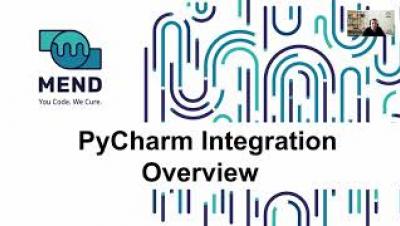Deceptive 'Vibranced' npm Package Discovered Masquerading as Popular 'Colors' Package
A new malicious package has been detected on the Node Package Manager (npm) repository that poses a significant threat to users who may unknowingly install it. Named ‘Vibranced,’ the package has been carefully crafted to mimic the popular ‘colors’ package, which has over 20 million weekly downloads.











